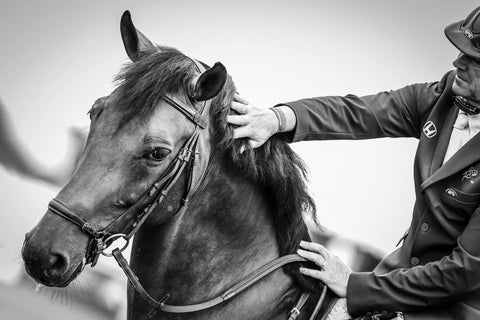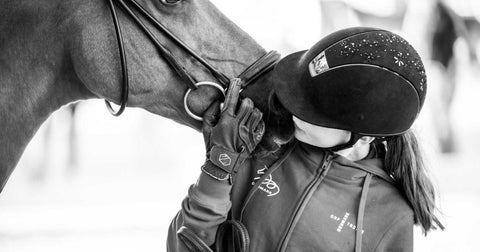How the scales of training can improve your horse's performance
For over 100 years, riders and trainers have used six magic words as their mantra. But how much do you know about the German Scale of Training?

You’ve probably heard of the Scales of Training, but do you know what they are? And, more importantly, do you know why and how they should be applied?
Whether you have aspirations of turning your horse into the next Totilas, or are simply seeking a training guide to teach your horse to move better, whatever level you ride at, the foundations are the same. None of the six elements of the training scale stands by itself - they interact and depend on one another. It’s important to achieve each stage before moving on to the next, although they shouldn’t be treated as a list to work your way through. The lower rungs should be revisited throughout your horse’s training. It helps if you visualise a pyramid with rhythm at the base and each layer built upon the next.
How the scales work
The Scales of Training can be further subdivided into three categories:
The first three scales — rhythm, suppleness and contact — are part of what is known as the ‘familiarisation phase’, as your horse learns to hold himself properly when carrying a rider, using his core, being relaxed, and listening to the rider’s aids while seeking an elastic connection.
The second phase involves both impulsion — the contained power of the horse — and straightness. When a horse is crooked, it will be more difficult for him to stay balanced and develop impulsion. This is why you need to teach him to use his hindquarters effectively.
The third phase builds on the second as your horse develops the carrying power of his hindlegs: collection. As he progresses in his training and hones the necessary muscles, he will carry more weight on his hindquarters, in turn lightening his forehand, thus giving him more freedom to move his shoulders. This will make him an easier and more athletic ride.
The level of collection differs at different stages. For example, at grand prix collection is at such a high level that the horse can trot on the spot in piaffe, or turn around practically on the spot in canter pirouette. For pony club and novice tests there are movements that start to develop collection, although collection itself is not a necessity. These include when the horse comes into a halt, or changes from lengthened strides to a working trot. As he stops or shortens his steps, he should step more under his body with his hindlegs and transfer a little more of his weight onto his hindquarters — this is the beginning of collection.
SHARE THE 💙 LOVE WITH US
If you want to learn more about the scales of training and how can they improve your jumping join over 5.000 others on horseXperiences™ and get free access to exclusive content.
______Original text by Your Horse




